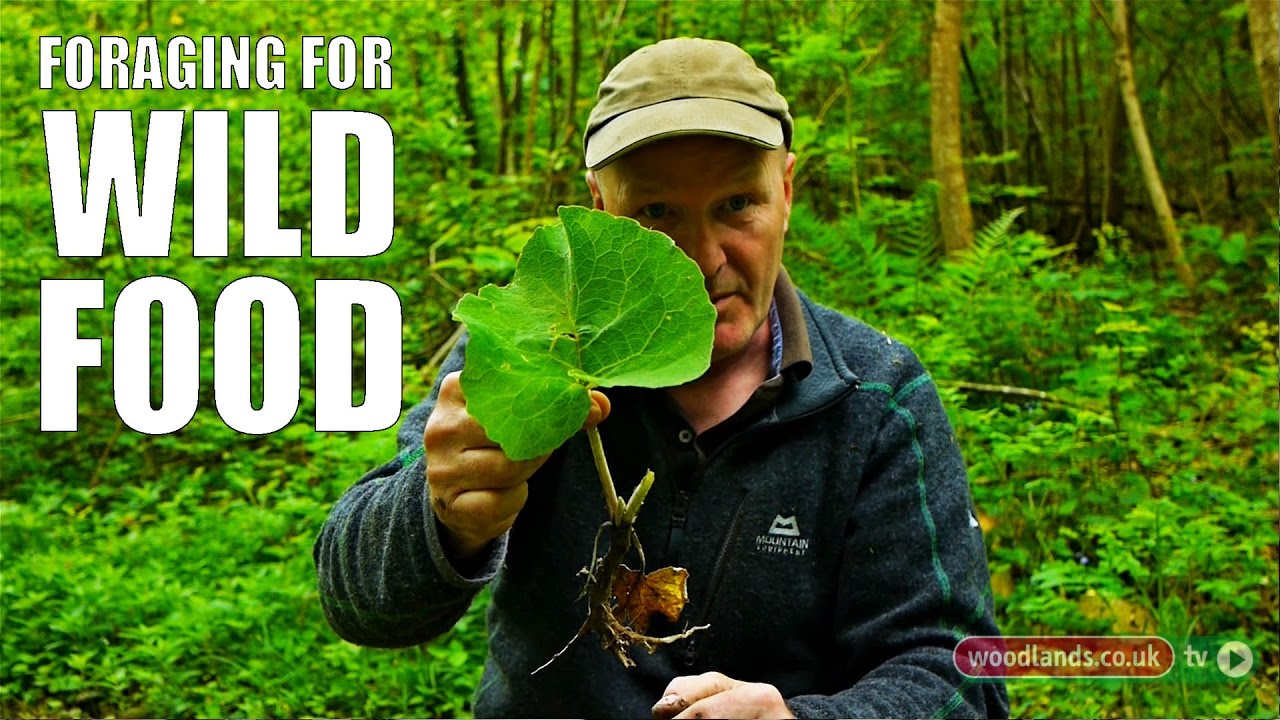Foraging wild mushrooms can be an exciting and rewarding experience, but it also requires knowledge and caution. Mushrooms come in thousands of varieties, and while some are delicious and nutritious, others can be deadly if misidentified. This step-by-step guide will help beginners navigate the world of mushroom foraging safely and confidently.
Step 1: Learn About Mushrooms
Before you head out into the wild, it’s crucial to familiarize yourself with common mushroom species in your area. Study field guides, attend local foraging workshops, or join a mycological society to deepen your knowledge. Start by learning to identify edible mushrooms and their poisonous look-alikes.
- Focus on Common Edibles: Beginners should start with easily recognizable and widely available mushrooms such as chanterelles, morels, or puffballs. These are generally safe to forage once you learn their key features.
- Avoid Dangerous Varieties: Be especially cautious of deadly mushrooms like the death cap and destroying angel. Learn their distinct characteristics to avoid accidentally picking them.
Step 2: Gather the Right Equipment
Having the right tools will make your foraging experience more efficient and safe. Here’s what you’ll need:
- Basket or Mesh Bag: Use a breathable container to carry your mushrooms. This prevents moisture buildup and helps spread mushroom spores as you walk.
- Mushroom Knife: A small, curved blade is ideal for harvesting mushrooms without damaging them. Some mushroom knives even come with a small brush to clean off dirt.
- Field Guide: Bring a reliable mushroom identification book or app to help you verify your finds on the go.
Step 3: Choose the Right Location
Mushrooms thrive in a variety of environments, but not every forest or field will have them. Look for:
- Damp, Shady Areas: Mushrooms often grow in moist environments, such as wooded areas or near streams. Fallen trees, decaying logs, and leaf litter are also prime locations for mushrooms to grow.
- Seasonal Timing: Different mushrooms appear during different seasons. For example, morels are common in spring, while chanterelles often appear in late summer and fall. Understanding the seasonality of mushrooms will help you know when and where to look.
Step 4: Practice Safe Identification
When you find a mushroom, don’t just pluck it and assume it’s edible. Take the time to thoroughly examine it and confirm its identity using a field guide. Here are the key identification points:
- Cap Shape and Color: Examine the shape, size, and color of the mushroom cap. Some species have smooth caps, while others are ridged or scaly.
- Gills or Pores: Look underneath the cap to check if the mushroom has gills, pores, or spines. The arrangement and color of these structures can be an important clue in identifying the species.
- Stem and Base: The size and texture of the stem, as well as any distinct features like rings or a bulbous base, can help narrow down the identification.
- Spore Print: To make a spore print, place the mushroom cap, gills down, on a white piece of paper for several hours. The color of the spores will help confirm the mushroom’s identity.
Step 5: Harvest Responsibly
Once you’ve confidently identified an edible mushroom, it’s time to harvest. Use your mushroom knife to cut the mushroom at the base of the stem rather than pulling it up from the ground. This helps preserve the underground mycelium, allowing mushrooms to regrow in the future.
- Leave Some Behind: To maintain healthy populations, never take all the mushrooms you find. Leaving some behind ensures they can continue to reproduce.
- Respect the Environment: Stick to established trails whenever possible, and avoid disturbing natural habitats unnecessarily.
Step 6: Prepare and Enjoy Your Mushrooms
After foraging, it’s important to clean and prepare your mushrooms properly. Some mushrooms can be eaten raw, but most should be cooked to remove potential toxins or enhance their flavor. Always double-check your identification before consuming any wild mushrooms.
- Cleaning: Gently brush off any dirt or debris with a mushroom brush. Avoid soaking mushrooms in water, as they can absorb it and lose their texture.
- Cooking: Sautéing, grilling, or roasting are excellent ways to bring out the rich flavors of wild mushrooms. Certain mushrooms, like morels, pair well with butter and herbs.
Conclusion
Foraging wild mushrooms is a rewarding skill that connects you with nature and provides access to delicious, natural foods. As a beginner, start with basic, easy-to-identify species, and never eat anything unless you’re 100% sure of its identity. By following this step-by-step guide, you’ll develop a strong foundation in safe and responsible mushroom foraging. To explore more on foraging wild foods, visit foraging wild foods for additional resources and tips.

